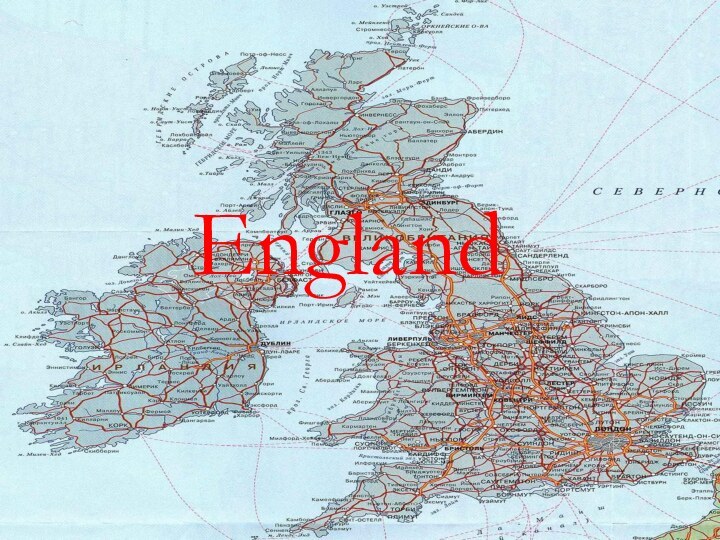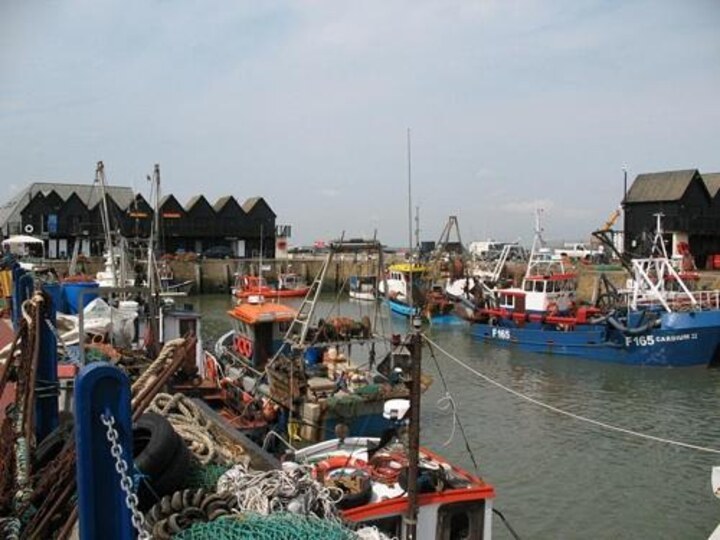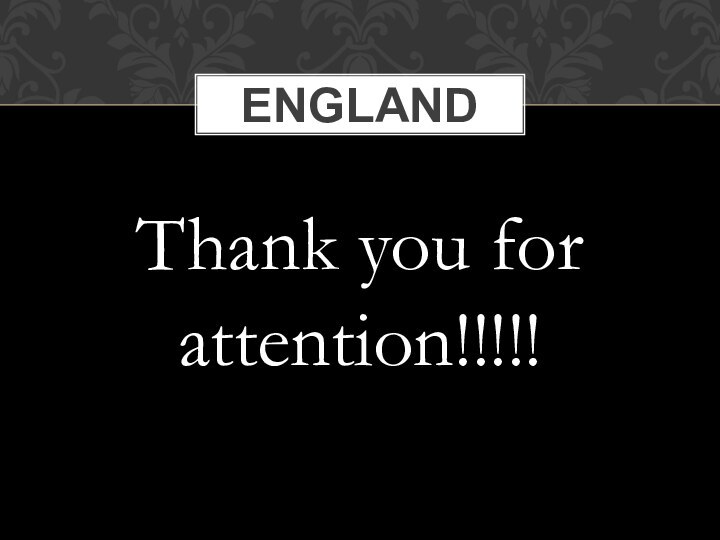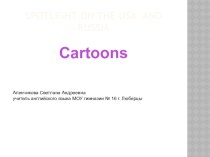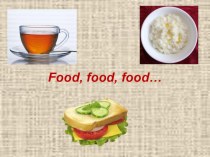to describe the part of Britain occupied by the
Anglo-Saxons, rather than a name of an individual nation-state. It became politically united through the expansion of the kingdom of Wessex, whose king Athelstan brought the whole of England under one ruler for the first time in 927, al
though unification did not become permanent until 954, when Edred defeated Eric Bloodaxe and became King of England.
In 1016 England was conquered by the Danish king Canute the Great, and became the centre of government for his short-lived empire which included Denmark and Norway. In 1042 England became a separate kingdom again with the accession of Edward the Confessor, heir of the native English dynasty. However,the political ties and direction of England were changed forever by the Norman Conquest in 1066.
The Kingdom of England (including Wales) continued to exist as an independent nation-state right through to the Acts of Union.
KINGDOM OF ENGLAND
